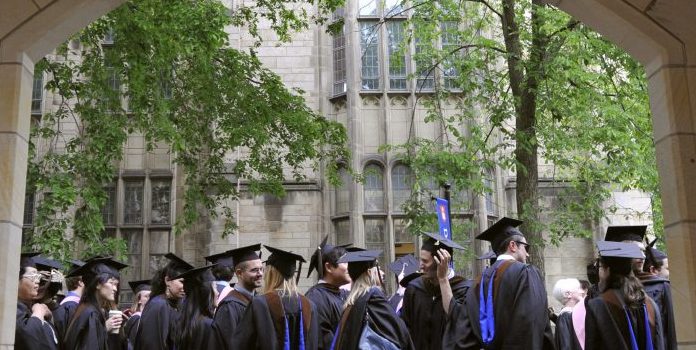(Joshua Paladino, Headline USA) American universities will reap ongoing benefits from President Joe Biden’s student loan amnesty program even after the headline-grabbing $10,000 reduction in debt has been forgotten.
Law schools in particular will see a continuous windfall from a lesser-known provision in the Public Service Loan Forgiveness program that lets state employees enroll in an income-based repayment plan.
Under this plan, public sector employees may opt to pay 10% of their income for 10 years. After a decade, their debt will be forgiven, even if a substantial loan balance remains.
The 10% rule lets law schools ignore market signals in determining education costs because graduates know that their repayment depends upon their income, not their loan amount.
Lawyers who make $100,000 a year will pay $100,000 over a decade ($10,000 per year for years) no matter their student loan debt.
In addition to this scheme, universities have created Loan Repayment Assistance Programs to further stuff their pockets.
Matt Bruenig, a researcher at the People’s Policy Project who wrote about income-driven repayment programs, described LRAPs and how they make universities rich.
Universities raise tuition costs to an absurd level, say $400,000, but then they agree to pay the 10% PSLF payments for students after graduation.
The federal government loans the law student $400,000 (which, in reality, means a $400,000 payment to the university), pays 10% of the student’s income for 10 years (perhaps $100,000 as in the above example), and then pockets the difference.
“This indeed is a great deal for the student who pays nothing and it’s a great deal for the law school which gets 200k more revenue immediately in return for 150k of payments paid out over the following 10 years,” Bruenig wrote. “Win-win! Except for the taxpayer of course.”

